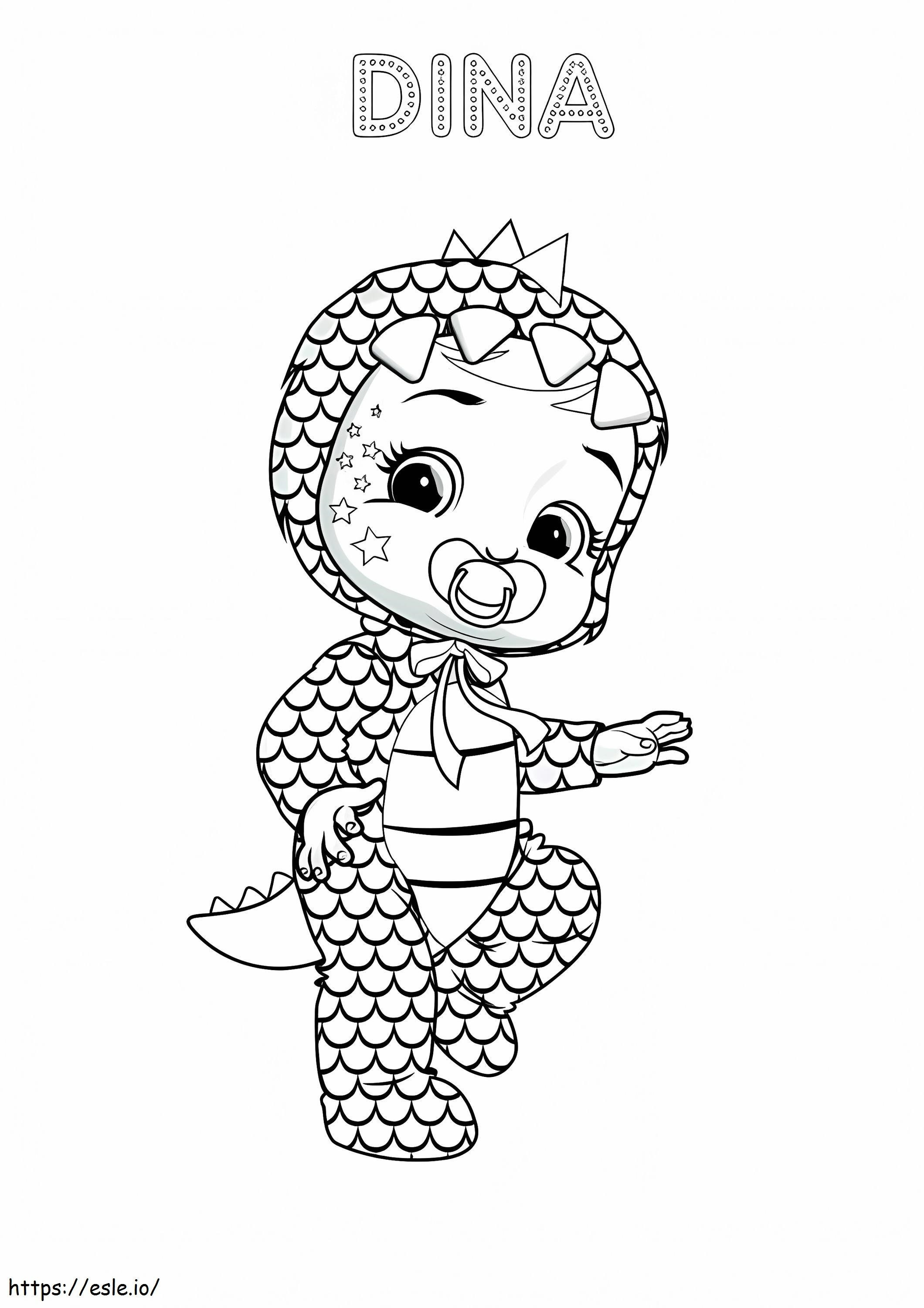Unveiling The Remarkable Life Of Dina Sanichar: The Indian Mowgli
Imagine a life where the jungle is your home, and wild animals are your only companions. This was the reality for Dina Sanichar, a man whose extraordinary story has captivated audiences worldwide. Born in the late 19th century, Dina Sanichar was discovered living among wolves in the dense forests of Uttar Pradesh, India. His remarkable journey from a feral child to a civilized man has become a fascinating chapter in human history, sparking debates about nature versus nurture and the resilience of the human spirit. Dina's story not only challenges our understanding of human development but also offers profound insights into the adaptability of the human mind.
During his early years in the jungle, Dina Sanichar developed unique survival skills that allowed him to thrive in the wild. He walked on all fours, communicated through growls and barks, and had an uncanny ability to sense danger. When hunters stumbled upon him in 1867, they were astonished to find a young boy living among wolves, completely unaware of human society. The discovery of Dina Sanichar became a turning point in understanding feral children and their integration into civilization, making his story a significant subject of study for anthropologists and psychologists alike.
Throughout his life, Dina Sanichar faced numerous challenges as he attempted to adapt to human society. Despite his initial difficulties with language and social norms, his journey of transformation became a testament to human resilience and the power of adaptation. His story continues to inspire researchers and educators, offering valuable lessons about human development and the impact of early childhood experiences. As we delve deeper into Dina Sanichar's life, we uncover not just a tale of survival, but a profound exploration of what it means to be human.
Read also:Discovering Shopie Rain Erome A Comprehensive Guide To Her Life And Legacy
Table of Contents
- Biography of Dina Sanichar
- Personal Details and Bio Data
- What Were the Circumstances of Dina Sanichar's Discovery?
- How Did Dina Sanichar Adapt to Human Society?
- What Can We Learn from Dina Sanichar's Experience?
- The Impact of Dina Sanichar's Story on Modern Psychology
- Dina Sanichar and the Nature Versus Nurture Debate
- Frequently Asked Questions About Dina Sanichar
Biography of Dina Sanichar
Dina Sanichar's life story reads like something out of a Rudyard Kipling novel, yet it was a real-life tale that unfolded in the late 19th century. Born around 1862 in the dense forests of Uttar Pradesh, India, Dina's early life remains shrouded in mystery. What we know for certain is that he was discovered in 1867 by hunters who were tracking a pack of wolves in the Bulandshahr district. The hunters were astonished to find a young boy, approximately five years old, living among the wolves in a den. This discovery marked the beginning of Dina Sanichar's journey from the wild to civilization, a transition that would captivate researchers and the public alike.
After his discovery, Dina was taken to the Sikandra Mission Orphanage in Agra, where he spent the remainder of his life. The orphanage staff faced numerous challenges in their attempts to civilize him. Initially, Dina exhibited all the characteristics of a feral child: he walked on all fours, ate raw meat, and had difficulty comprehending human speech. His transition to human society was gradual and marked by significant milestones. Over time, he learned to walk upright, though he never fully mastered human speech. Despite these limitations, Dina's ability to adapt to his new environment demonstrated remarkable resilience and the human capacity for change.
Throughout his life at the orphanage, Dina Sanichar became a subject of intense study and observation. His case provided valuable insights into the development of feral children and their ability to adapt to human society. Researchers documented his progress, noting both his achievements and limitations. While he never fully integrated into human society, Dina's story became a crucial reference point in discussions about human development and the impact of early childhood experiences. His life serves as a testament to the complex interplay between nature and nurture in shaping human behavior and capabilities.
Personal Details and Bio Data
| Full Name | Dina Sanichar |
|---|---|
| Date of Birth | Approximately 1862 |
| Place of Birth | Bulandshahr District, Uttar Pradesh, India |
| Date of Discovery | 1867 |
| Place of Discovery | Wolf den in Bulandshahr Forest |
| Age at Discovery | Approximately 5 years old |
| Institution | Sikandra Mission Orphanage, Agra |
| Known Abilities | Survival skills, heightened senses, limited human speech |
| Notable Characteristics | Walked on all fours, ate raw meat, communicated through growls |
| Date of Death | 1895 |
| Place of Death | Sikandra Mission Orphanage, Agra |
What Were the Circumstances of Dina Sanichar's Discovery?
The discovery of Dina Sanichar remains one of the most remarkable encounters between human society and the wild. In 1867, a group of hunters in the Bulandshahr district of Uttar Pradesh stumbled upon something extraordinary while tracking a pack of wolves. Deep within the forest, they found a wolf den that contained not only wolf cubs but also a young boy, estimated to be around five years old. The hunters were initially hesitant to approach, as the boy moved and behaved just like the wolves. However, after careful observation and planning, they managed to capture him without harming the wolves. This moment marked the beginning of Dina Sanichar's journey from the wild to human civilization.
When Dina was first brought to the Sikandra Mission Orphanage in Agra, the staff faced numerous challenges in their attempts to care for him.
How Did the Orphanage Staff Handle the Initial Challenges?
The boy exhibited all the characteristics of a feral child: he walked on all fours, resisted wearing clothes, and had an insatiable appetite for raw meat. The staff had to develop innovative methods to help him transition to human habits. They started by gradually introducing cooked food, using positive reinforcement to encourage him to eat from plates. To help him walk upright, they created special shoes with hard soles to make crawling uncomfortable. Despite these efforts, Dina maintained many of his wolf-like behaviors, including howling at night and showing extreme discomfort with human touch.
Read also:Who Is Camilla Araujo S Discovering The Rising Star
What Were the Psychological and Physical Challenges Dina Faced During His Early Days at the Orphanage?
The psychological transition was particularly challenging. Dina showed extreme anxiety when separated from his wolf-like behaviors and exhibited signs of severe stress when forced to conform to human norms. Physically, his body had adapted to life in the wild, making the transition to human activities difficult. His eyesight had become highly adapted to low-light conditions, causing him discomfort in bright environments. The staff documented his progress meticulously, noting that while he made significant strides in some areas, other aspects of his behavior remained unchanged throughout his life. This detailed documentation would later prove invaluable for researchers studying feral children and human development.
How Did Dina Sanichar Adapt to Human Society?
While Dina Sanichar's journey from the wild to human society was marked by numerous challenges, he did achieve several remarkable milestones that demonstrated his ability to adapt. One of the most significant breakthroughs came when he finally learned to walk upright, though this process took several years of persistent effort from the orphanage staff. They developed special exercises and used physical aids to help him transition from quadrupedal movement to bipedal walking. This achievement, while never completely natural to him, represented a crucial step in his adaptation to human society.
What Were Dina's Major Achievements During His Time at the Orphanage?
Beyond walking upright, Dina made progress in several other areas. He learned to use basic utensils for eating, though he always preferred raw meat. The staff successfully taught him to wear clothes, though he often removed them when unsupervised. Perhaps most notably, he developed a basic understanding of human emotions and could respond appropriately to kindness and care. While he never mastered complex language, he learned to understand simple commands and could communicate basic needs through gestures. These achievements, though modest by conventional standards, represented significant victories given his starting point as a feral child.
However, Dina's adaptation was not without its limitations.
What Were the Key Limitations in Dina's Adaptation Process?
His inability to fully master human speech remained one of the most persistent challenges. Despite years of language therapy, he could only produce guttural sounds and simple words. His social interactions remained limited, and he never formed close bonds with other humans. The nocturnal habits he developed in the wild persisted throughout his life, causing him to remain active at night and sleep during the day. Additionally, his heightened senses and instinctive reactions to danger never fully diminished, often causing him distress in crowded or noisy environments. These limitations served as a constant reminder of how deeply his early years in the wild had shaped his development.
What Can We Learn from Dina Sanichar's Experience?
Dina Sanichar's life offers profound insights into the critical period of human development and the lasting impact of early childhood experiences. His story underscores the importance of the first few years of life in shaping human behavior and capabilities.
How Does Dina's Story Illustrate the Critical Period of Human Development?
Research in developmental psychology suggests that there are specific windows of opportunity during early childhood when the brain is most receptive to learning language, social skills, and other fundamental human behaviors. Dina's inability to fully acquire language and social skills, despite years of effort, demonstrates how missing these critical periods can result in permanent developmental limitations. His case serves as a powerful example of how early environmental influences can profoundly affect cognitive and social development.
The implications of Dina's experience extend far beyond individual development and touch upon broader educational and social policies.
What Are the Broader Implications of Dina's Experience for Education and Social Policy?
His story emphasizes the crucial role of early intervention programs in child development. It highlights the need for comprehensive support systems for children at risk of developmental delays, including those in remote or disadvantaged communities. Educational institutions can learn from Dina's experience by recognizing the importance of creating nurturing environments that stimulate all aspects of child development. Social policies should focus on ensuring that all children have access to appropriate developmental opportunities during their formative years, as the consequences of missing these opportunities can be permanent and far-reaching.
Furthermore, Dina's case provides valuable lessons about the resilience of the human spirit and the importance of compassionate care in rehabilitation efforts. His gradual adaptation to human society, despite significant challenges, demonstrates that with patience and appropriate support, even individuals with extreme developmental challenges can make progress. This understanding can inform approaches to helping children who have experienced trauma or neglect, emphasizing the need for specialized, long-term support rather than quick fixes. Dina's story serves as a reminder that while early experiences are crucial, they don't necessarily define the limits of human potential when met with understanding and appropriate intervention.
The Impact of Dina Sanichar's Story on Modern Psychology
Dina Sanichar's case has left an indelible mark on modern psychology, particularly in the study of feral children and human development. His story has become a cornerstone in understanding the complex interplay between genetics and environment
Exploring The Influence And Legacy Of Beyoncé And Diddy: Icons Of Music And Culture
Discovering Silesto: Your Ultimate Guide To The Revolutionary Tech
Discover The Inspiring Journey Of Andie Elle: A Story Of Passion And Resilience

Dina Sadek Atlantic Council

Dina Cry Baby coloring page